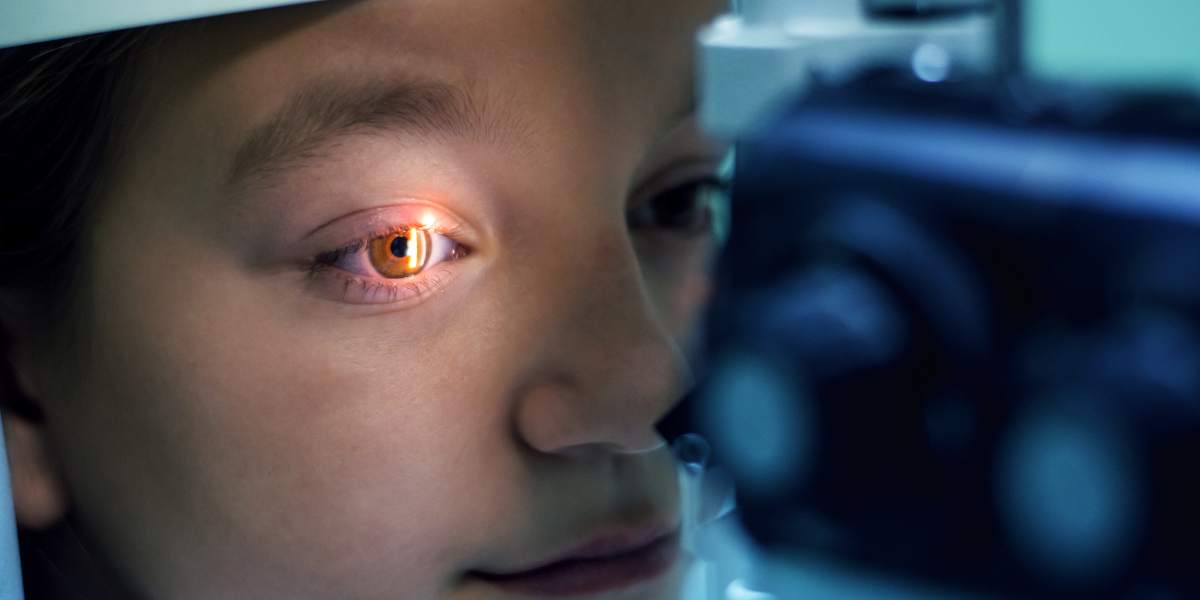The number of diabetes-related eye diseases has nearly doubled in the past decade, new evidence has shown.
However, researchers from the Perelman School of Medicine at the University of Pennsylvania have also highlighted that the number of severe forms of the disease has declined since 2014.
Senior author Dr Brian VanderBeek said: “Our work shows that more than 30% of all people with diabetes now have some form of diabetic renal disease, which means that the number of people at risk for vision loss continues to grow.
“But our work has maybe also revealed that the most severe forms of the disease are becoming less common, suggesting clinicians may be getting better at treating systemic diabetes.”
- Diabetic retinopathy examinations attended more by people who follow doctor’s advice
- Diabetic retinopathy risk reduced by empagliflozin
- Doctors rarely use AI-assisted screening to detect diabetic retinopathy
A total of 38 million people in the US are living with diabetes, as well as 98 million with prediabetes, data has reported.
A common complication of diabetes is diabetic retinal disease – a medical condition in which damage occurs to the retina due to diabetes.
It is a leading cause of blindness in developed countries and one of the lead causes of sight loss in the world, even though there are many new therapies and improved treatments for helping people live with diabetes.
During the trial, the team of researchers assessed medical claims from more than six million people, all of whom had been diagnosed with diabetes between 2000 and 2022.
They looked at the prevalence and incidence of diabetic retinal disease among the people involved.
The rate of any diabetes-related retinal diseases increased from 10.8% in 2014 to 20.8% in 2021, the findings have reported.
- Severe eye condition associated with popular diabetes drug
- Study warns Ozempic may lead to permanent blindness
- Eye stroke: Link between semaglutide and eye condition identified
However, the rate of the most severe forms has decreased by 10% over the last several years, according to the results.
The number of proliferative diabetic retinopathy cases went from 8.3 per 1,000 person-years to just 2.6 in 2022, falling by nearly 300%.
Dr VanderBeek said: “The seemingly contradictory changes in the rise of diabetes-related conditions affecting the eye but incidences of vision-damaging conditions going down could have two also diverging explanations.”
Read the study in the journal Ophthalmology.







